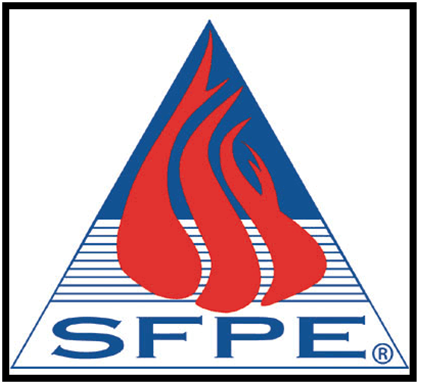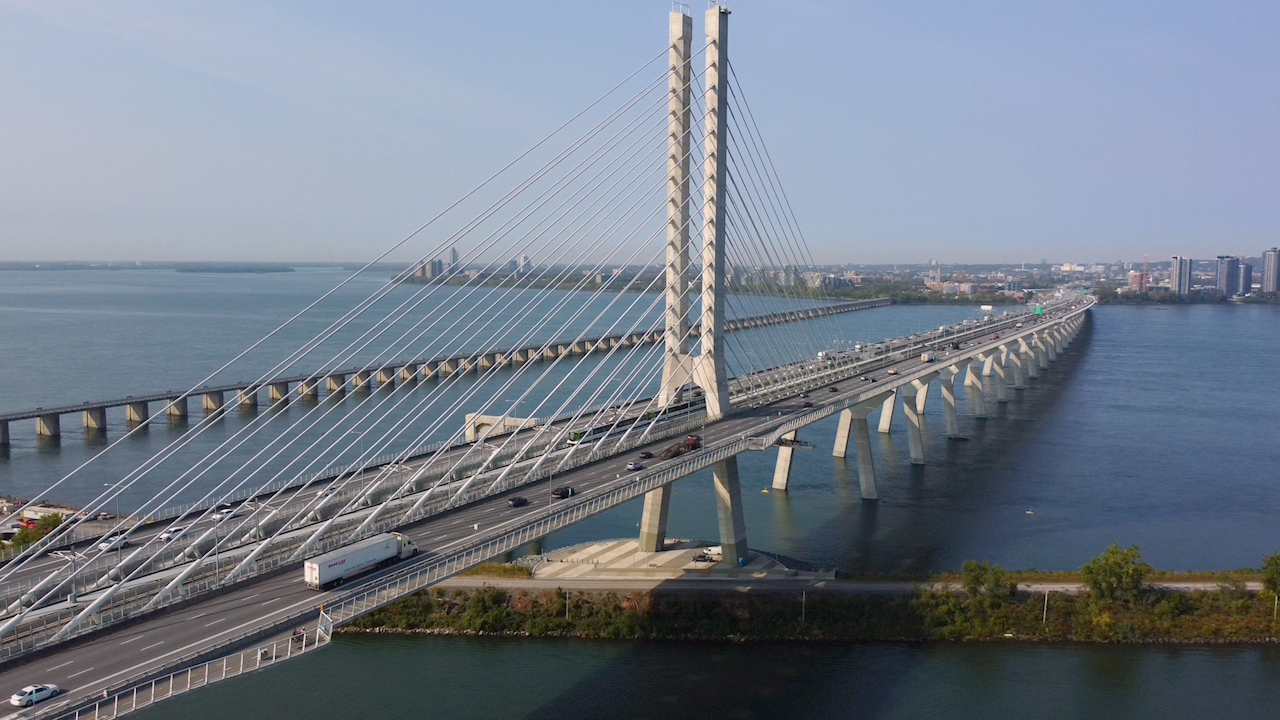
On this day 100 years ago, a fire broke out in Manhattan’s Triangle Shirtwaist Company, in which 146 garment workers died and many more were injured.
The fire on Saturday 25 March 1911 still remains one of the deadliest fires in the history of the United States.
“Poor fire protection design was a major contributing factor to the significant number of deaths,” said Chris Jelenewicz, Engineering Program Manager with the Society of Fire Protection Engineers. “The Triangle Fire shocked the world and it shaped the way fire protection engineers currently design ways to protect people from fire.”
The Triangle Company occupied the top three floors of the 10-story Asch Building. The majority of the occupants were young immigrant females who operated sewing machines on the 8th and 9th floors.
The fire started on the 8th floor in a box that was used to collect scraps of cloth and quickly spread to a large table used to cut fabric. Employees initially tried to extinguish it, but it quickly spread.
When the occupants tried to evacuate, they found there weren’t enough fire exits. Of the exits that did exist, some of the doors to the interior exit stairs swung against the direction of exit travel. Some were even locked. An outside fire escape was too narrow and collapsed under the weight of the many people who tried to use it. The building did not have an adequate means to notify occupants that there was a fire, so evacuation of the 9th and 10th floors was delayed.
When the fire department arrived, their ladders could only reach the sixth floor. Many of the workers tried to jump into the fire department nets but these were quickly damaged when too many people tried to jump into the nets at one time.
Fire protection has come a long way in 100 years. Fire protection engineers use the latest technologies to design systems that control fires, alert people to danger, and provide a safe means for escape. Organized in 1950, the Society of Fire Protection Engineers (SFPE) is the professional organization that represents engineers engaged in fire protection worldwide.
“A hundred years later, the Triangle Fire reminds us of the threat that is posed by fire and the importance of designing buildings that that keep people safe from fire,” said Jelenewicz. “Today, because of the hard work that is performed everyday by fire protection engineers, our buildings are much better protected so that tragic events like the Triangle Shirtwaist Fire will never happen again.”













